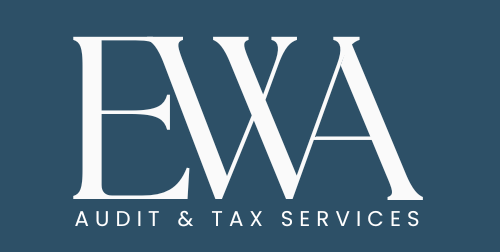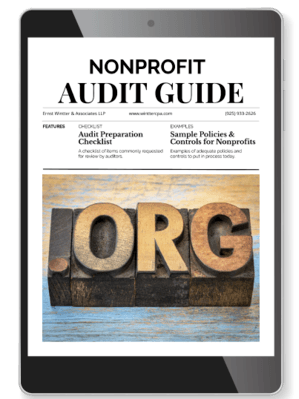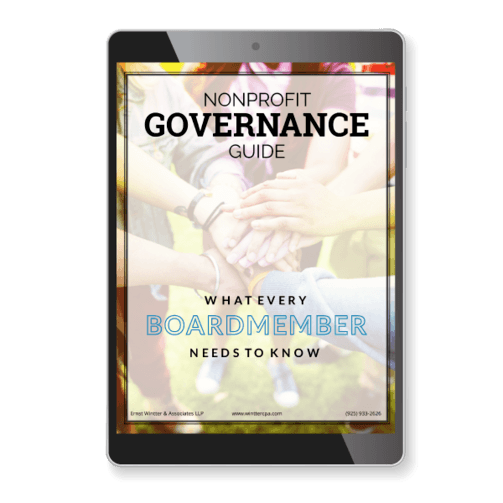If you are on the leadership team of one of the more than 1.8 million nonprofits in the United States, you’ve undoubtedly sat in on your fair share of board meetings. While these meetings are critical for both compliance and productivity, they can also become a quagmire of disorganized discussions that stall progress.
The good news is that you can make your nonprofit’s board meetings more productive by implementing six actionable changes.
1. Build Agendas Around Clear Outcomes
A strong meeting starts with a clear plan. Instead of a list of vague talking points, create an agenda that outlines what decisions or actions need to come out of each topic. For example, your agenda could include orders of business such as “Vote on revised investment policy.”
Reach out to committee chairs beforehand to gather updates and ensure every agenda item aligns with an organizational need. This will help you break the habit of routine reporting.
2. Equip the Board With the Right Information
Board members can’t make thoughtful decisions without context. Send packets in advance that include critical information to assist with decision-making. Items you may want to include are:
- Last meeting’s minutes
- Financial summaries
- Committee updates tied to agenda topics
- A brief state of the organization report from the executive director
Aim for concise, digestible materials. If you are strapped for time, consider bringing in third-party support to assist with document prep. For instance, outsourcing financial statement preparation can ensure board members have access to the latest financial data.
3. Focus on What Matters Most
Trying to squeeze in every issue risks rushing through important decisions. Or worse, you might run out of time before you’ve gotten to the key items on your agenda.
Identify your nonprofit’s top one or two strategic priorities and give them the time they deserve. A two-hour meeting might be best spent solving one big problem, rather than touching on five issues lightly without fixing any of them.
Are you unsure where to redirect your attention? Consider nonprofit audit services to identify areas of need.
4. Create Space for Thoughtful Staff-Board Dialogue
When staff members present reports, it shouldn’t be a one-way street. Allow time for board members to ask questions or provide feedback. This helps everyone feel like active participants and stay engaged.
Keep in mind that not every staff report requires discussion. In those cases, include a copy in the meeting packet instead of wasting time reading it aloud.
5. Promote Inclusive Participation
Every board member brings valuable insight. That’s why they are on the board. But some boards have very boisterous members and more soft-spoken individuals who may not speak up without encouragement. Foster an environment where everyone feels welcome to contribute.
Avoid kicking off meetings with controversial topics that might derail morale. Save tough debates for the middle of the meeting so you can start and end on a positive note. Don’t let discussions get hijacked by one or two dominant voices.
6. Keep the Momentum Going
The work doesn’t end when you adjourn the meeting. Summarize what was decided and who’s responsible for the next steps in a follow-up email. Include due dates and the next meeting’s details to keep everyone aligned.
Partner With Ernst Wintter & Associates LLP
Would you like some help preparing financial documents for your next board meeting? Ernst Wintter & Associates LLP provides audit and tax services for nonprofits. Our experienced professionals can perform audits or assist with document preparation. Contact us to learn more.
Laura See, CPA








